Sometime in between Day 4 and Day 5, the season changed from Summer to Winter. Just like that. The weathermen on TV described it as a “transition day”. To me, that means a light breeze and maybe a few clouds. But this was much more. The sky was hopelessly grey, and I knew that everything I saw would look entirely different today.
The plan for Day 5 was to drive back into Glacier National Park for the second time, once again taking Going To The Sun through the heart of the park. Half of this trip would be covering the same ground I saw the day before, but in this part of the country, there isn’t an alternative.
As you travel US Hwy. 2 from Kalispell to the park entrance, you pass through a couple of very small towns. I stopped at Hungry Horse for an absolutely delicious huckleberry milk shake, then wandered across the street to check out a very big ball.
This huge metal ball (above) was used to clear land in and around the Hungry Horse Reservoir. It measures 8 feet across, and weighs in at 4 1/2 tons. Contractors attached the ball to chains, then dragged it between two tractors. Because of its size and weight, it would knock down any vegetation in the way, and at the same time, wouldn’t get stuck on stumps. As a result, it could clear land at a quick pace. The system helped clear 6,207 acres.
You can pay your respects to the old ball ‘n chains at its permanent location, at the side of US 2 in downtown Hungry Horse.
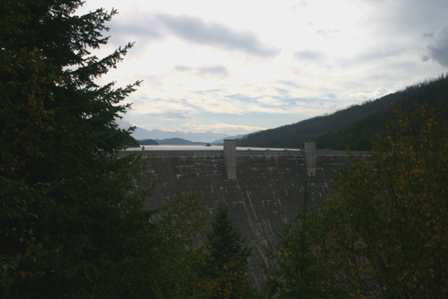
The Hungry Horse Dam is darn important to the town that shares its name. In fact, as you drive through, you’ll spot signs declaring it the “Best Dam Town In The West”, or something like that. If the dam excitement wears off on you, take a side trip (just a few miles out of town on West Side Road) to see what all the fuss is about. There are a couple of good viewpoints at the side of the road…
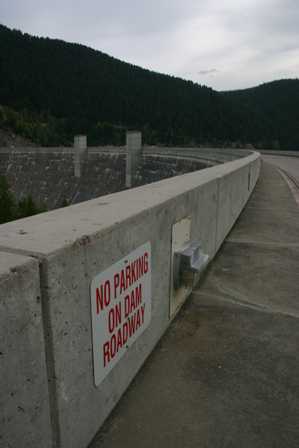
… then you can drive across the dam itself, and park on the other side. I SAID PARK ON THE OTHER SIDE, NOT ON THE DAM ROADWAY!
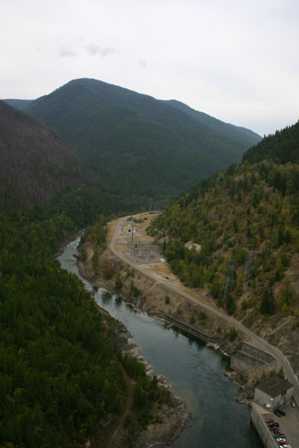
Here’s the view from atop the dam, looking north…
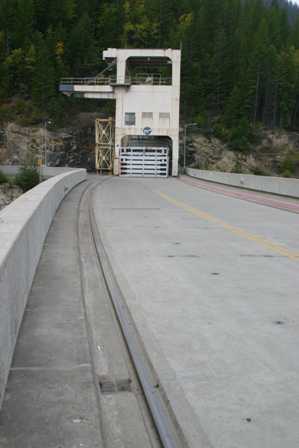
… and here’s the other thing I found mildly interesting. That big contraption at the end of the dam is a crane, that’s powerful enough to lift at least 27 of those clearing balls, like the one pictured above. It can travel the length of the dam, on the wide tracks that run along either side of the road.
You’ll probably never see them in your local grocery store, because huckleberries only grow in the wild–they’ve never been successfully cultivated commercially. You will, however, find them in every possible form in northwestern Montana: jams, jellies, honey, milkshakes, candy, barbeque sauce, tea, cocoa–I could go on and on, but you get the idea. Every gift shop has a row of shelves devoted to these berry-based creations.
I mentioned earlier that I enjoyed a milkshake made with huckleberries. It was, indeed, a delightful experience. Probably, it was made even better, knowing that it would likely be years before my next one. I strongly recommend you at least try a milkshake, even if you don’t spring for the other products, made mostly for tourists.
If you find huckleberries in the wild, even in a park or protected wilderness area, you are allowed to eat them. However, you’ll need a permit from the local ranger’s office to pick them for resale. Oh, and watch out for bears near the huckleberry bushes–they like them, too!
Note: This trip was first published in 2006. Much of the same area was covered in the Big Sky trip in 2014.
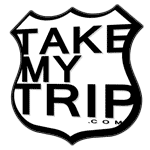
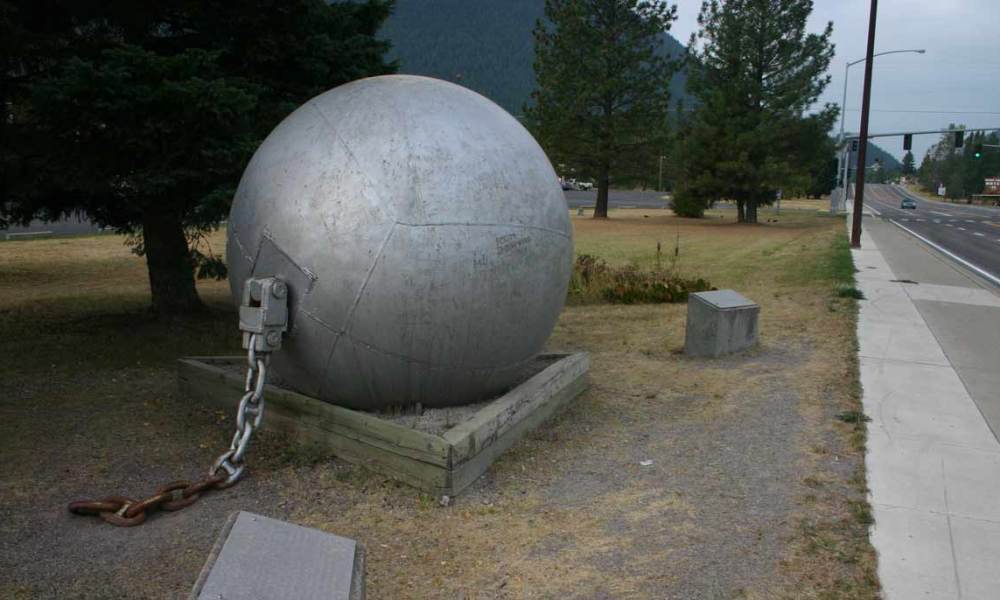


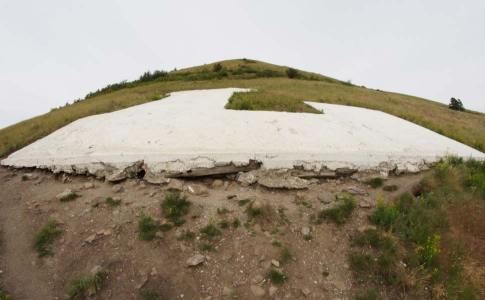
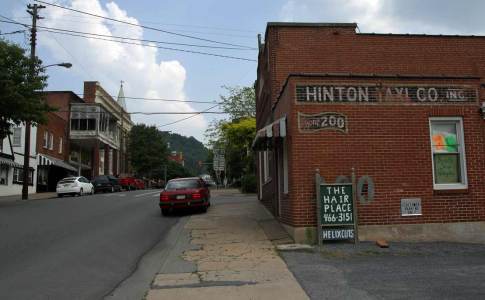
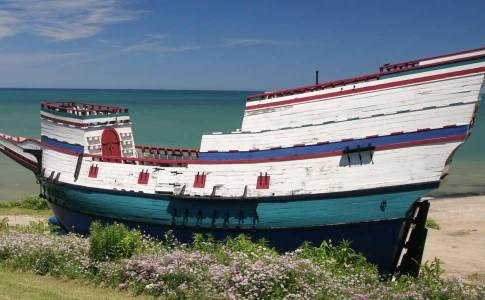
No comments